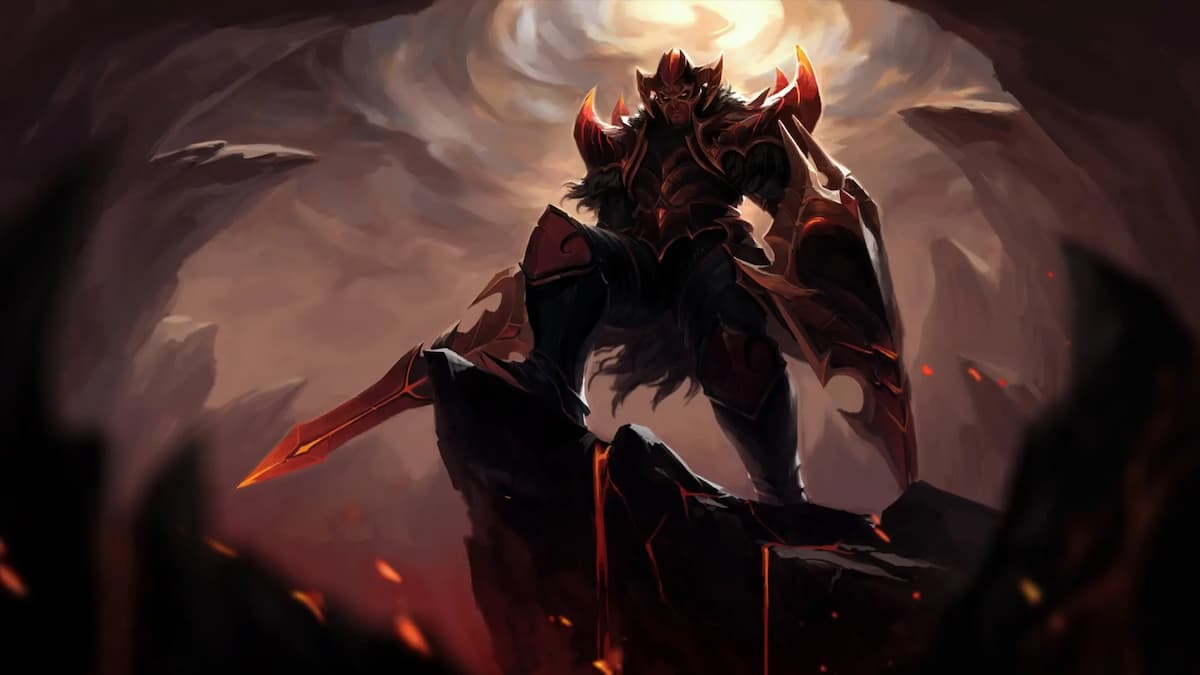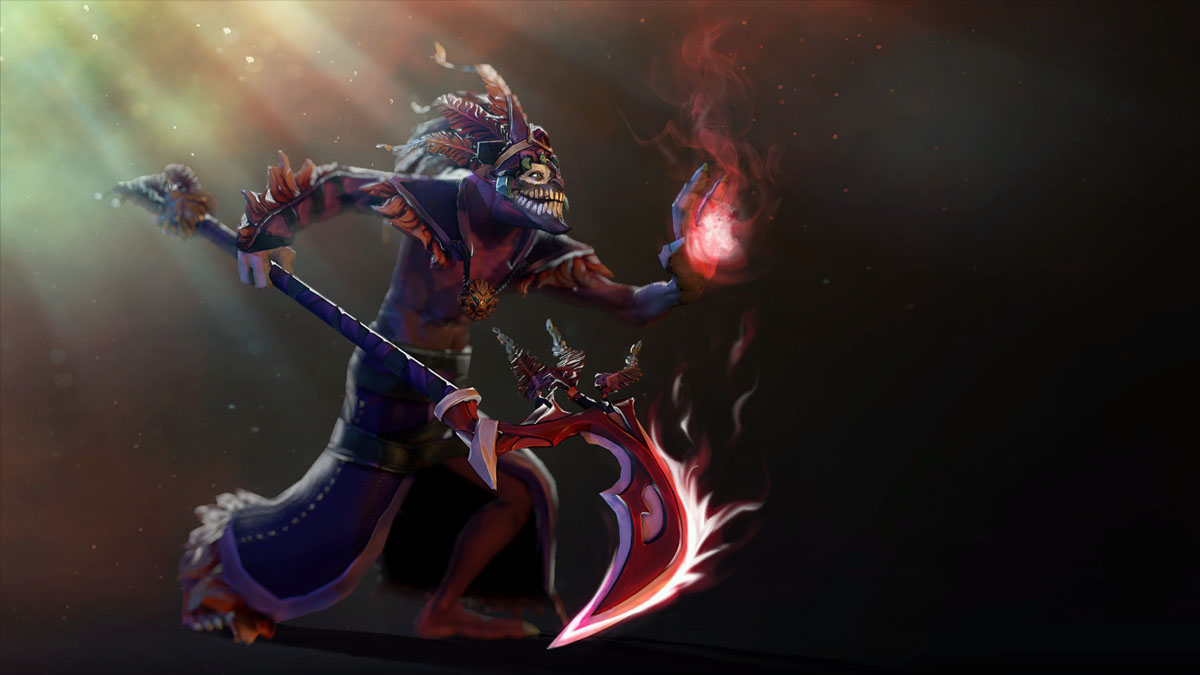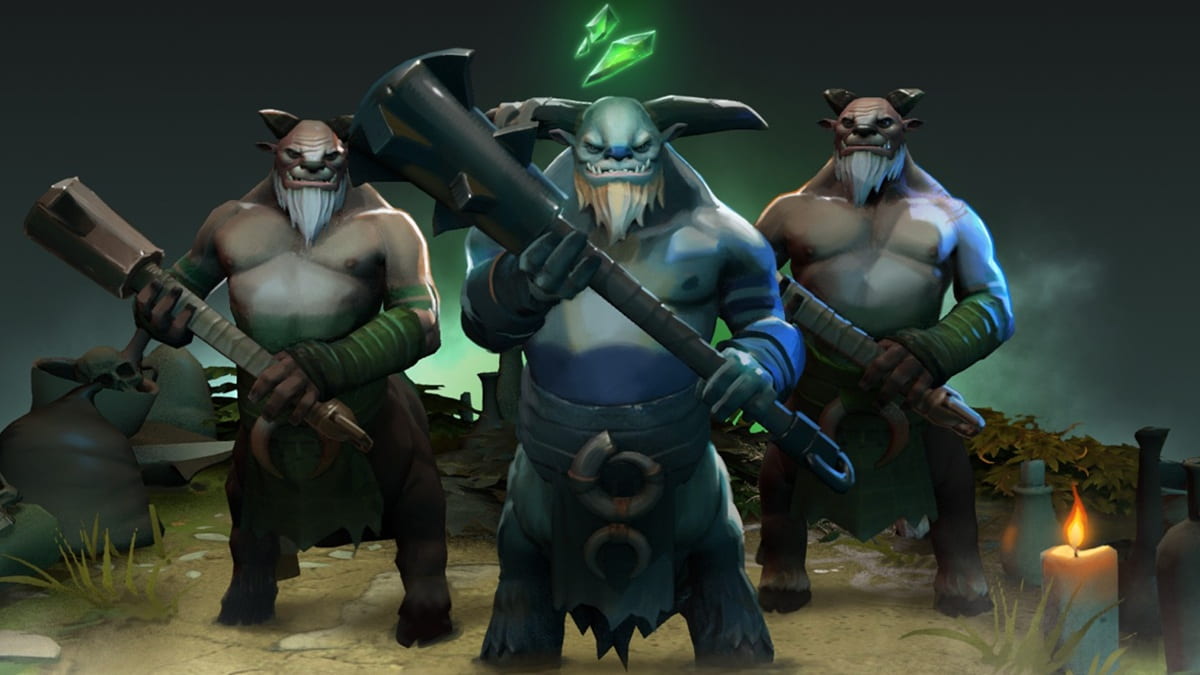Dota 2’s ranking system underwent a massive overhaul in the New Frontiers update. Rather than using the old method—a modified version of the Elo algorithm—it now uses the Glicko algorithm, which places more of an emphasis on measuring Rank Confidence in any rating.
Because of that, players are now seeing the term Rank Confidence in their profiles alongside MMR. But the way it works throughout calibration and beyond is raising more questions than answers, so here’s what you need to know about how it works.
What is Rank Confidence in Dota 2?
Rank Confidence corresponds to the amount of certainty that Dota 2‘s ranked algorithm has for a player’s rank and MMR. Dota 2‘s New Frontiers 7.33 patch, in April 2023, introduced Rank Confidence to Dota 2 alongside the Glicko ranking system.
How does Rank Confidence work in Dota 2?
The simplest explanation of how Rank Confidence works is when Rank Confidence is low, players will experience larger MMR and Rank swings until the algorithm becomes more confident in the estimate.
When Rank Confidence is high, on the other hand, these changes will be less drastic.
Matches also don’t cause MMR to increase or decrease at a fixed rate like it used to. Instead, it will increase or drop based on several things, including the Rank and Rank Confidence of other players in the game.
What this means is that new and returning players will, in theory, be able to move up and down in Rank quicker rather than being bogged down in the trenches. It also means smurfs won’t be able to wreak havoc in lower-skill Dota 2 games for extended periods of time like they were used to before the 7.33 changes.
As for the calibration process, players have been placed into a calibration based on their previous rank, and rather than lasting a fixed number of matches, it ends when Rank Confidence hits 30 percent.
For some, it could be a quick process, and for others, it could take longer.













Published: Sep 6, 2023 01:41 am